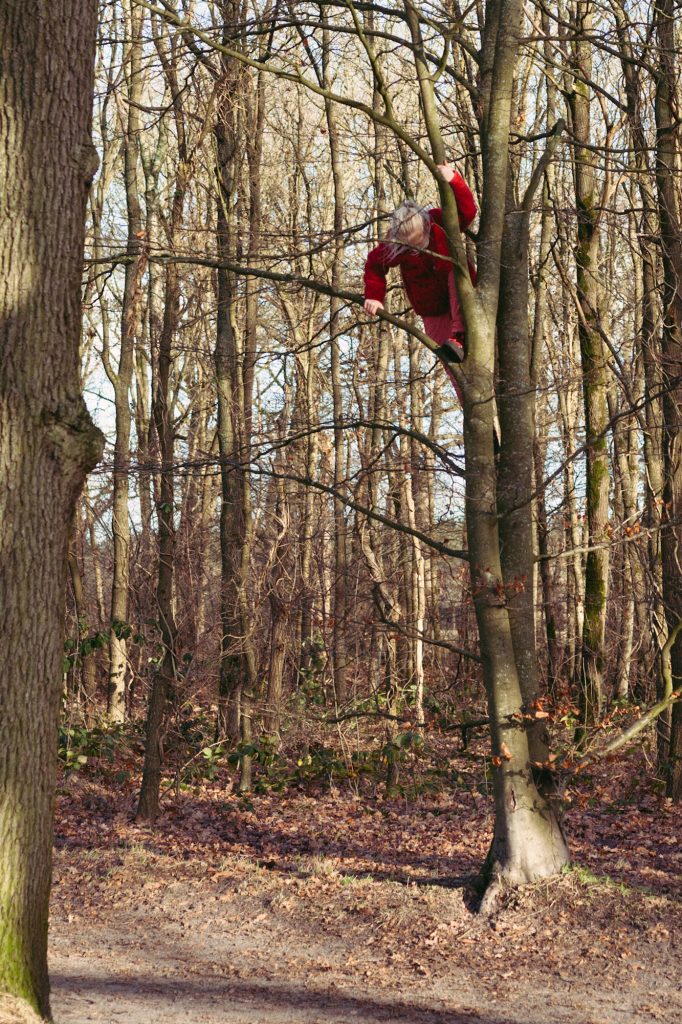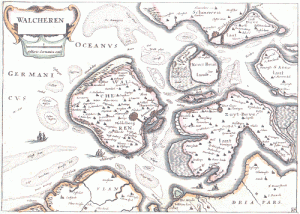
My mother was born in 1948 in Vlissingen, which is located on the former island, now peninsula (since 1871) of Walcheren in the province of Zeeland.
One of the things that Walcheren is known for and has inspired painters (such as Mondriaan) and writers in the 19th and 20th century in the (now) nature reserve called De Manteling, i.e. The Mantle.
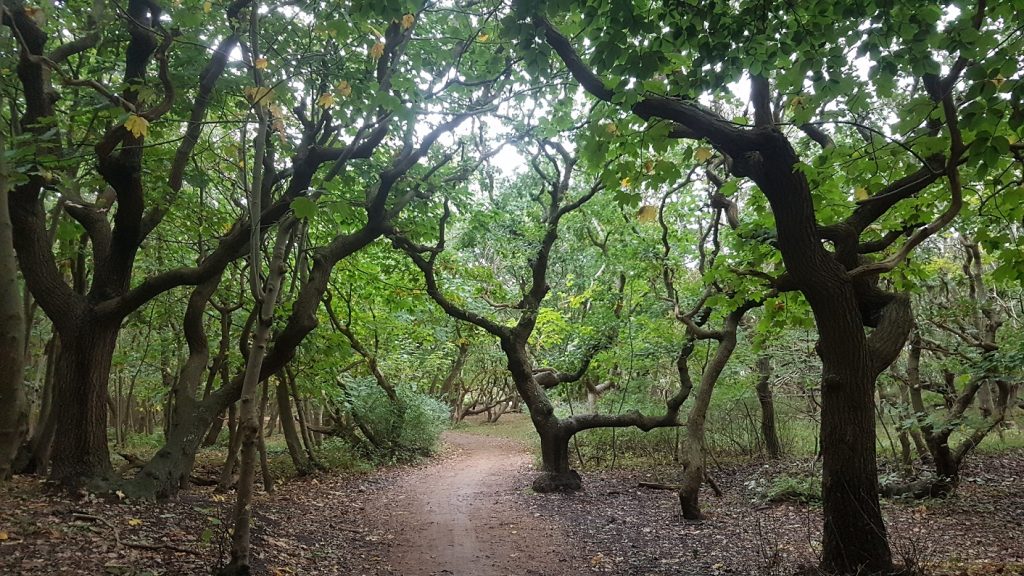
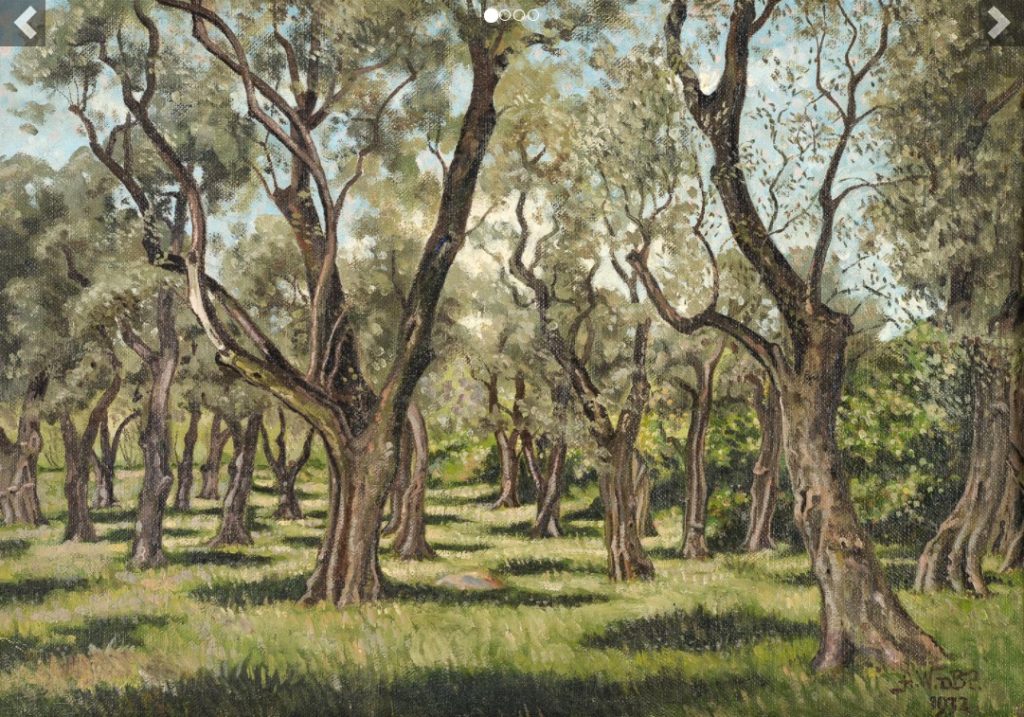
The Mantle of Walcheren is Zeeland’s most varied coastal area. The nature reserve is one of the few places in the landscape where you can see how dunes come into being and change naturally. Due to the unique effect of wind and water, you can see high dunes, wet dune valleys and dry grass dunes. It offers everything a nature lover could wish for. Various walking routes take you along the Mantle of Walcheren. Also watch this video for an impression of this nature reserve.
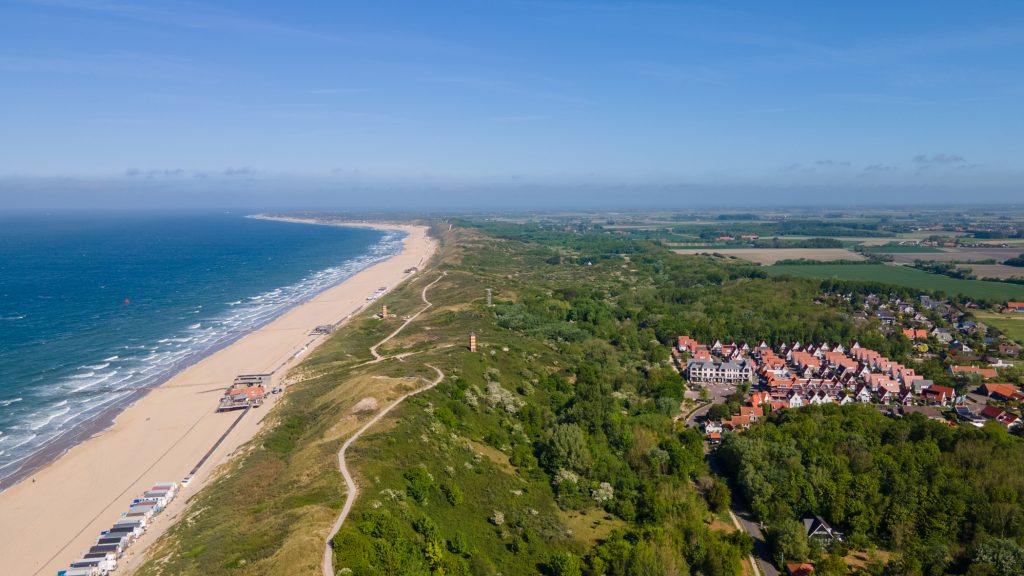

Location
The Mantle of Walcheren is located at the tip of Walcheren, between Domburg and the Veerse Gatdam. It consists of old country houses, woods, pieces of dune (directly bordering the ever-present North Sea), stately lanes and winding paths. From the 17th to the 19th century, Middelburg’s elite lived here in the summer. In the 20th century, many houses were permanently occupied or an institution moved in.

Natura 2000
The Mantle has been nominated as a Natura-2000 area because of its special flora and fauna. Hardly anywhere else in Europe do deciduous trees grow so close to the coast. Also special are the plants that grow here, such as snowdrop, daffodil, wood anemone, primrose and ramson. These plants once settled in the area from country houses.

There are also a lot of rhodondendrons and special trees like the marsh cypresses at the ‘Goldfish bowl’. Oak woods grow in the dunes. The Mantle is known for its fallow deer, but roe deer are also inhabitants of the area’s forests and shrubs. Many species of songbirds and woodpeckers nest in the Manteling.
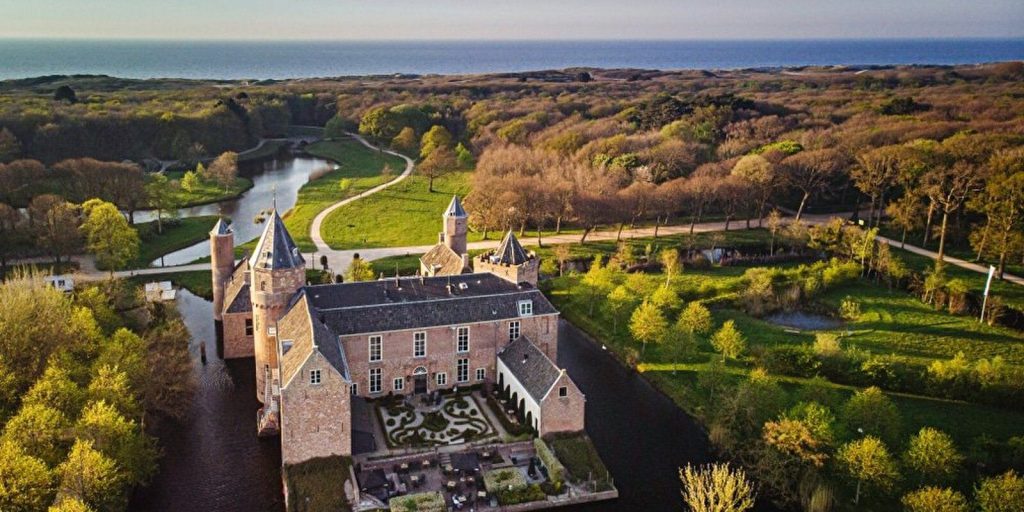
I’ve spent quite a few summer days in Walcheren in my child- and adulthood, of course I was never really aware of this heritage. Yes, I appreciated it, the very nature of this coastal area is good for body and soul, but that’s it.
Now, to the point of why I elaborate on The Mantle.
A few years ago my mother handed over custody of the family photo and (8 & 16mm) film archive to me, consisting of all types, from color slide film (90% Kodachrome 64) to safety black and white negatives, sometimes chronologically ordered, mostly not, and boxes and boxes full of prints I had never seen before. The printed archive goes back to around 1900, when it was customary for portrait shots to be turned into postcards to be sent to whoever it concerned.
One photograph that stood out for me was this one. It said “Domburg, sept ’64” on the back.
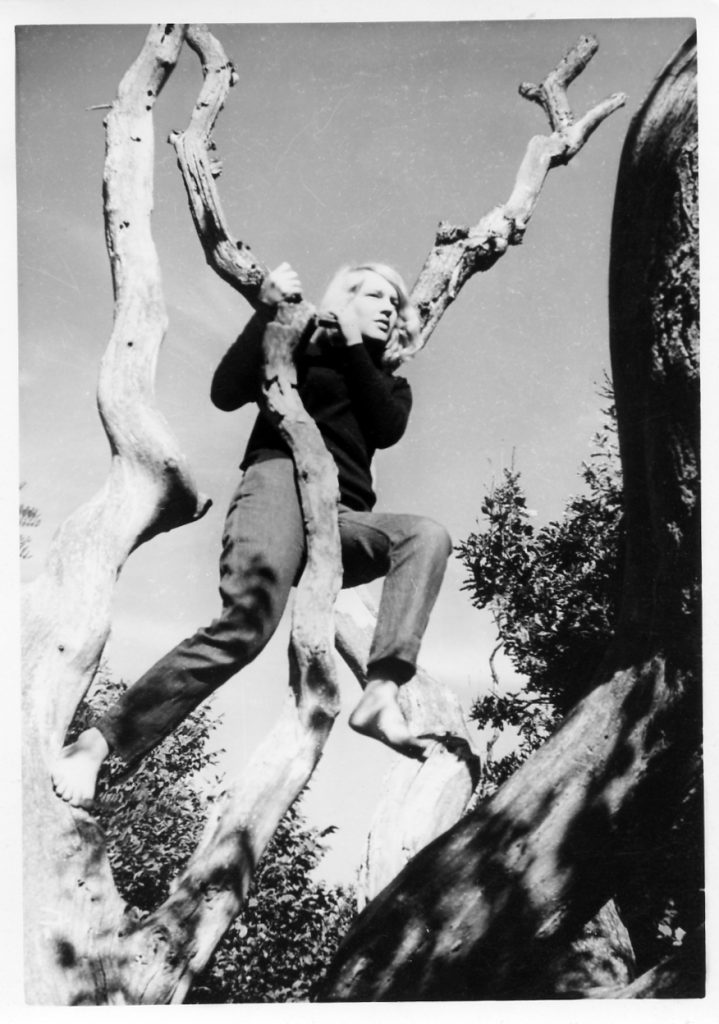

I asked my mother. “This is such a great photo, a beautiful composition.” Mom: “That’s Tine [stepsister], in the Monkey Tree…I took that photo! I was about 16, I think.”
– “So, where was that Monkey Tree? In De Manteling?”
– “Yes, near the dunes…a very beautiful area.”
– “I have this other photo of the two of you, taken around the same time. Here, look.”
– “Ohhhh, yes, hahaha, Tine had a terrible toothache then. She didn’t want to go to the dentist.”
One week after this conversation my mother decided to spend the days around New Year’s with Tine, in Walcheren.
And almost as a matter of natural consequence, shortly after I spotted the 2023 equivalence.
